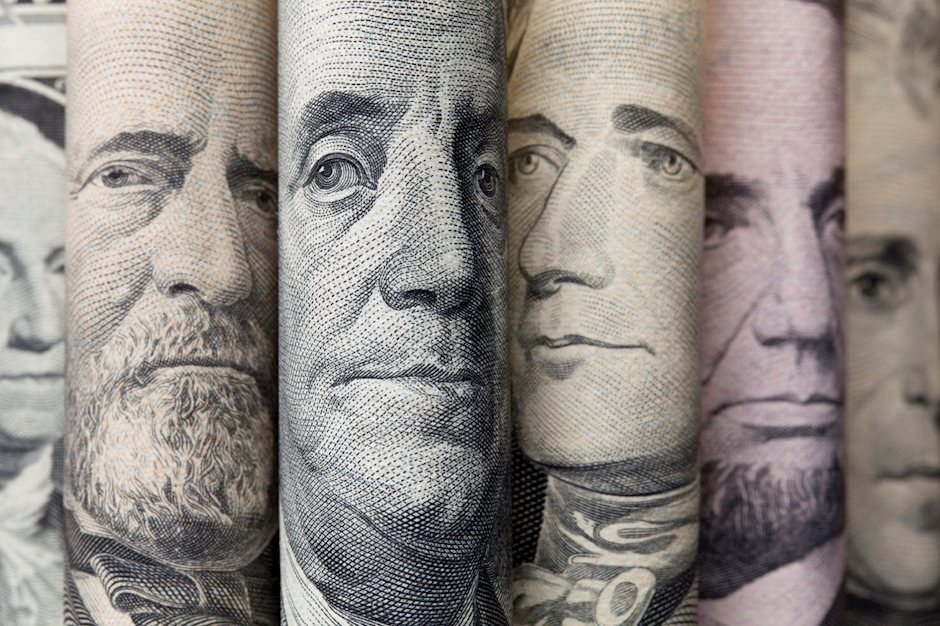Dollar collapse likely to remain in place

It has been a painful week of trading for the Dollar. The Greenback has essentially reversed its recovery from the previous two trading weeks, to return back towards levels not seen since December 2014.
This means that the Dollar has not been valued this low since traders began to price in the normalization of US interest rate policy from the Federal Reserve that began in 2015. It might sound strange on headline, considering that expectations are high for the Federal Reserve to raise US interest rates multiple times this year, but US interest rate policy is no longer a “pull” for investors to purchase the USD.
Investors are instead focusing on the development of economies that are within the remit of other central banks. The news earlier this week that EU economic growth has printed its best performance since the 2007 global financial crisis began to unfold, has reiterated the everincreasing optimism over the global economy. The distance in economic recovery between the United States and developed economies has been narrowing for some time, but it has now come to the attention of traders that it is only a matter of time before other major central banks prepare the financial markets for their own adjustments to increased interest rates.
This eventuality poses a significant risk of weakening investor attraction towards the Dollar. It will also play a pivotal role towards the USD being at risk to hitting further multi-year lows over the months to come, and it is still possible that the Dollar Index will extend its decline to 85 over the current quarter. This would further extend the advancements in major currencies that have already strengthened by approximately 4% year-to-date. Such a move would risk the Euro trading around 1.27/1.28 for the first time since approximately October 2014 and would further accelerate the strength in the Japanese Yen that has already climbed above 6% this year.
The other currencies that would be likely to benefit heavily from a further round of selling in the USD are those in the emerging markets. Higher-yielding currencies like the South African Rand is already 6.5% higher in 2018. However, the impact this is having in emerging market currencies across Asia shouldn’t be discounted away either. Both the Thai Baht and Malaysian Ringgit have strengthened by around 4% year-to-date, but it is the Chinese Yuan that I am keeping a firm eye on.
There is going to be an argument from some that the People’s Bank of China (PBoC) might intervene in the market to prevent Yuan strength, although the Chinese Renminbi and offshore Yuan are currently only showing gains in 2018 of 2.6 and 3.5%, respectively. This means that the Yuan is actually lagging behind many of its counterparts, and I personally still see the potential for the USD/CNY to decline towards 6 in 2018.
This means that there is at least another 2-3% that the Yuan can potentially gain this year, beyond what it has already advanced.
Author

Jameel Ahmad
Compare Broker
Jameel Ahmad is an expert on international financial markets following a decade of professional experience in the brokerage sector.

















